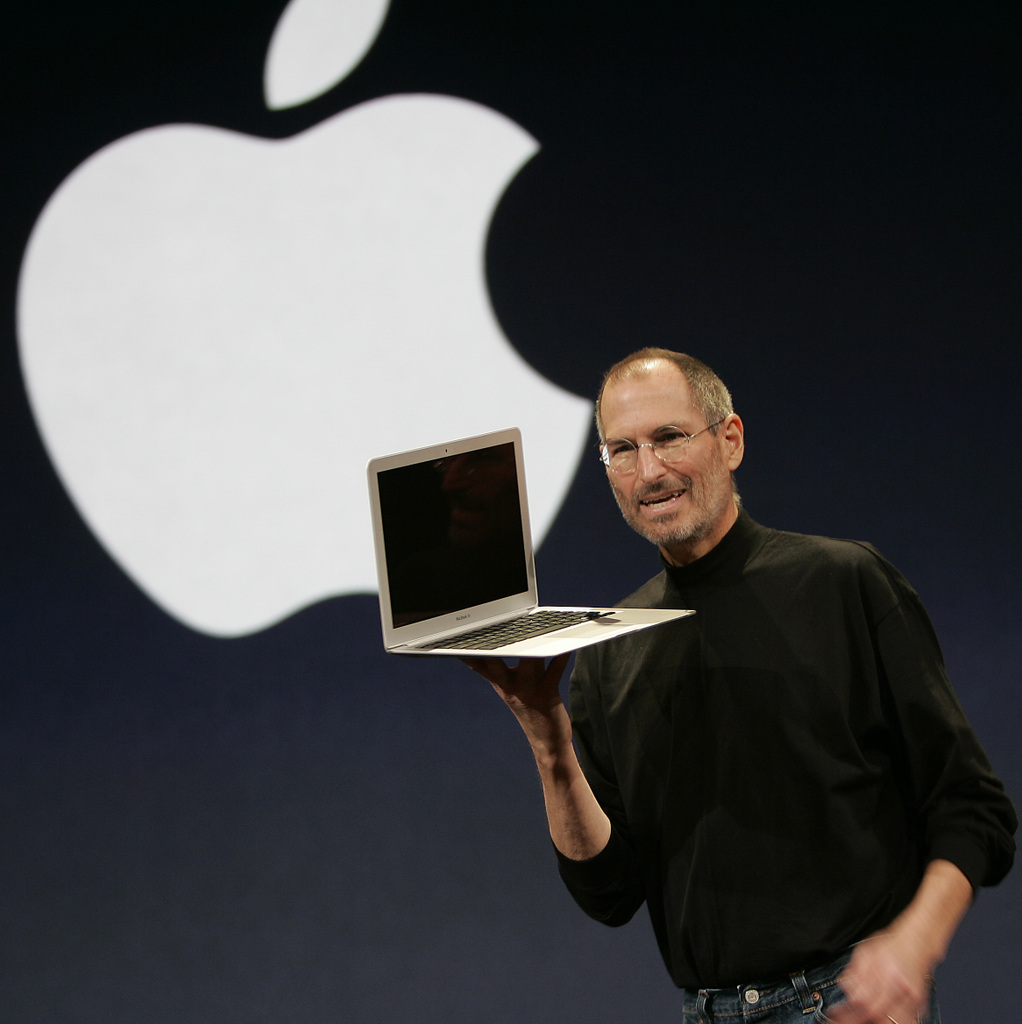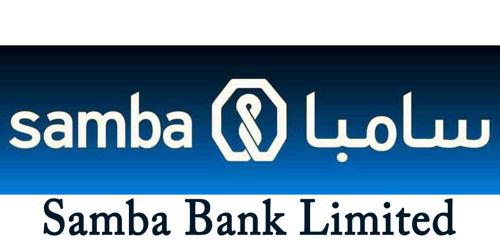Introduction
Apple was founded by Steven Jobs and Stephen Wozniak in 1976; Apple Computer Company revolutionized the personal computer industry and epitomized the rise of clean industry in the New West. Located in the Santa Clara Valley, in California, the company’s first product was the Apple I, a single-board computer with on-board read-only memory (ROM), which sold for about $650 without a monitor or keyboard. Orders instantly soared, and Jobs and Wozniak quickly brought out the Apple II, which included a keyboard, color monitor, and expansions for peripheral devices (Birzer & Schweikart 2003). In 1984, Apple introduced the Macintosh, which was aimed at the business and education markets, by which time the company had already not only changed American industry but had reshaped entire areas of the West around silicon. In 1996, after a series of CEOs failed to keep Apple profitable, Steve Jobs returned under the rubric interim CEO and soon launched a new marketing and licensing relationship with Microsoft. In 2000 his direct sales concept, the Apple Store brought the company back to profitability (Birzer & Schweikart 2003).
In 1994 Apple computers launched a new line of computers based on the PowerPC processor chip. The creation of the new chip was a joint venture between Apple Computers, IBM, and Motorola, and because the new chip was capable of being compatible with the market leading Intel chip, it was marketed as a major breakthrough in computer technology. If emulation software was purchased by a consumer, the consumer could run both software made for Apple computers and software made for Intel PCs on the same Apple machine. The machine was even being called a PC with a free Mac inside. Apple computers had controlled about 8-10 percent of the personal computer market since 1984, and recently it had been struggling financially (Gottinger 2003). Those at Apple hoped that compatibility with the Intel-based PC and its 85 per cent market share would dramatically increase the market share of Apple computers. The results from the introduction of the new product were not everything Apple had predicted or had hoped for. The increased competition from the PowerPC chip forced Intel to slash the price of their Pentium chips by 40 per cent. Thus Apple did not live up to its promise of cheaper computers (Gottinger 2003).
Apple Computers Inc is considered to be one of the innovators in the computer industry. It brought about different changes to the industry; these changes are still visible in the present. The company’s products were used as a basis by other computer company’s in designing the specifications and physical characteristics of their product. It also serves as a meter of how products are designed. The company offers various products for the different market it targets. The products made by the company offer something different. The paper will discuss about Apple Inc and its’ products, and the markets it serves. The paper will analyze how forces in the marketing environment have resulted in changes in the last 5 to 10 years to the organization’s marketing mix. The paper will also evaluate what further environmental changes might arise in the next 5 to 10 years and consider their effect.
A. The company’s market and market orientation
Market orientation was evident in the idea to involve staff in making the kinds of internal changes to policies and procedures that could be linked to market place performance that external customers would value. This involves more than traditional marketing skills. The more orthodox marketing approach to try to change staff attitudes by formal communications alone was rejected as superficial and unidirectional. The shift to market orientation and customers first meant that the logic of existing organizational knowledge was reframed, seen from a different perspective. Thus, new knowledge was indeed ‘discovered’ in a new patterning of the verities (Lewis & Varey 2000). An organization’s strategic values are the rationale for the viability of a business and link the organization to its environment. These values are reflected in, and are a reflection of, the prevailing culture within the organization (Lewis & Varey 2000).
The market of Apple Inc is students and professionals who need computers and other digital technologies. This market is the one that needs devices that can keep their records and other personal or business information. This market is the one that needs devices that can give them entertainment even if they are not in their own homes. This market is the one that would want devices that would not cause them to waste their time. The marketing orientation that the company tries to implement is deeper customer focus. This type of orientation provides assistance for the company to achieve their goals and provide effective service compared to competitors.
Macro environmental forces that shape the marketing environment
When it comes to the law component of the macro environment Apple Computers Inc make sure they comply with what the law states in the country; they make sure that they comply with the regulated standards of the country. When it comes to the economy the company tries to adjust to the economic situation of their market. When it comes to the technology aspect of the macro environment, the company makes use of various technological innovations that help in increasing productivity and improving the quality of their products. The demography aspect of the macro environment is used as a method of determining their target market. The culture aspect of the macro environment provides Apple computers Inc the information it needs to create products that most people will like and purchase. The society aspect of the macro environment dictates how long the company will stay in the industry. Nature as an aspect of the macro environment is used as a way for the company to improve its image to its clients.
Micro environmental forces
The micro environmental forces of the company include potential entrants. The influence of potential entrants to the companies is weak. But to ensure that no other problem arise the company maintains low cost of unit production, this helps in making sure that the new entrant will not have advantage over them. Another micro environmental force is the competitive rivalry. Competitive rivalry affects the decisions made by the companies. Different things are done by both companies to ensure that they have advantage over their competitors. Moreover substitute which is a micro environmental force that gives high influence to the companies since substitutes can make a company lose the clients it has. Both companies make sure that the substitutes won’t give them much problem. Lastly the micro environmental force of bargaining power of buyers and sellers highly influences both companies.
SWOT analysis
Apple’s strength is the international popularity it has. The company is known throughout the world. Another strength of the company is the strong brand name they have. The strong brand name is what makes the company and its products popular. Furthermore a strength of the company is the effective advertising the company uses. Lastly a strength of environment Apple Computers Inc is its website that is easy to use, attractive, and informative. The main weakness of the company is the health issues when their product is partaken. The products they have can cause health problems when the user focus too much on using the product and forgets to do other important things. Lastly a weakness of the company is its inability to restrict certain age from using their product. Young children might use their product to see things they should really not see at their age. Opportunity for the company is to create products that can give not only satisfaction to clients but
health benefits as well. The company can create a product that will not cause much harm to the user’s health. An opportunity for the company is to find out more ways to give a distinctive look and features to their product. By doing this the company will have competitive advantage over other firms. Lastly an opportunity for the company is to reach newer territories where it can offer its products and services. The company can reach more territories not yet reached by its competitors. The threat to the company includes the laws in the country they are operating in. Another threat to the company is the tariffs and taxes that the company has in different countries, each countries has its own rate of taxes and tariff. Lastly a threat to the company is complaints to the health problems that their product may cause. Its products may have some effect not liked by people.
The market segment of the company is divided into 4 classes. Each class represents a certain economic standing of people in the society. The company makes sure that they cover all the segments in the society they are operating in. The company has specialized prices for the different market segment, this will ensure that the clients will have lesser doubts about taking a look at the company’s product and the products that they can afford.
Target market
The target market of the company involves almost all sectors of the society. They want to provide Apple Computers Inc to young or old, boy or girl. This target market is a larger source of income. The company has different marketing strategies that can cater to the taste and appeal of such markets. The company makes sure that its stores and branches are located in the most profitable places where clients can easily see the store and they can be encouraged to visit the store and buy products. The company also makes sure that competition in the location they want to put up the branch will not be too heavy.
Targeting strategy and positioning strategy
The targeting strategy of Apple Computers Inc is concentrated on undifferentiated strategy wherein the entire market is targeted and a simple marketing mix is used on such market. The needs of the market are nearly similar thus this targeting strategy is used. The positioning strategy of Apple computers Inc. is concentrated on comparing what they can do to what their competitors can do. The information that they will acquire from the comparison of their capabilities assist them in determining the actions they will take in competing with their rivals and knowing their place in the market.
The environmental changes
When there is increase in the changes in the environment there should be increase on learning for an organization. As changes happen new development and learning’s should be craved by a company so that it can be prepared for the possible effects of the change. The changes in the environment can give the company benefits but it may also give a company its problems. The changes in the environment include, introduction of newer technologies that has more capabilities and unique features. Another change in the environment is the increase of the prices of materials used in creating the product. The increase in prices of materials can be due to the changing world economy. The increase in prices of materials can mean increase in the market price of the product thus there would be drop of clients purchasing the product.
B. The chosen product
Product ranges offered by businesses have to be managed within the context of an ever-changing business environment. Consumers’ product preferences change according to their life-stage, lifestyle and personal wealth. One business’s product offer is subject to scrutiny by consumers alongside those offered by many other companies, which also are likely to change over time; therefore product management is part of an on-going strategic management process which ultimately bears on the ability of a business to meet its long term objectives. Product management is a strategic process, supported, in the case of a large retailer, by a complex array of operational practices and organizational structures (Gillooley & Varley 2001). Strategic product management shapes the direction of growth taken by a business in response to changing consumer requirements. Its strategic contribution is augmented by the role that product management takes in keeping operational costs as low as possible whilst generating sales volumes to maximize profitability (Gillooley & Varley 2001). Introducing new products is a very good way of achieving differentiation and enhancing a retail identity in an over-subscribed retail market, but without corporate support new products may fail or go unnoticed. Although most of the buying decisions are centered on the ability of a product to satisfy a customer need at a price the customer is willing to pay, a business has to ensure that it meets its legal obligations with regard to the products it sells. It also has to consider its long term image in the eyes of the public. It is therefore necessary to ensure that a product conforms to legal standards and provides value for money (Gillooley & Varley 2001).
Selecting the right product requires an understanding of the complexity of the modern shopper and an ability to blend product detail in a way that satisfies both the physical and the psychological needs of that shopper .Product innovation is becoming increasingly necessary for businesses to keep customers interested in their product range. In a market that is saturated and competitive it is especially important to provide customers with the interest and excitement that newness engenders. It is therefore important for businesses to be able to use product development and innovation to their best ability (Gillooley & Varley 2001). The influences on the life-cycle of a product category are many and varied. If buyers are to use the life-cycle as a predictive tool, they must appreciate the underlying consumer trends that affect the rate of growth of the associated product market. Consumer trends include demographic trends, consumer economic trends, technological trends and societal trends, including lifestyle and fashion (Gillooley & Varley 2001). The MP3 player industry is one of the booming industries in the world. There were many records of success for the industry; each year the sales of organizations operating in this kind of industry go up. This can be attributed to the popularity of Mp3 players whatever brand they belong to and the intrinsic love of human beings for music. As years go by the capabilities and capacities of mp3 player improves in accordance with the needs of their clients. One company that has gained success in this market is Apple Inc. Apple Computers Inc is considered to be one of the innovators in the MP3 industry. The company’s products were used as a basis by other computer company’s in designing the specifications and physical characteristics of their product. It also serves as a meter of how products are designed. The company’s I-pod mp3 player is one of the most popular mp3 players available in the market. It has evolved from a simple mp3 player into a portable device wherein the user can watch movies or videos through it. Apple Computers Inc and its product showed that with the use of proper strategy and use of its varied opportunities the company can achieve fast growth and development in a short period of time.
Service of Apple Inc
The company provides support service for its entire product. In the company’s website, downloads and other support systems are available for clients who have purchased their product. The company’s website has a section where helpful information about the products can be found. This section contains what the client can do once a product is not functioning properly. The section also co
ntains additional instructions on how the product can be used well. Within this section are the specifications and capacities of the product. The website also features a section where clients can contact designated personnel of the company to address certain issues with the product and other kinds of inquiries. The company has installed different service centers on different places in the world; they can assist anybody who has problems with their products. The company has also allowed resellers to provide repairs on products they may find defective. Moreover the company offers self repair courses for companies or individuals who want to learn about fixing their products that have some issues.
Influences in the environment
The influences in the marketing environment that have informed the marketing mix created by the supplier to manage the exchange includes the situation in the economy and the demands of the stakeholder .The situation in the economy and the demands of the stakeholder instituted the need to manage the exchange. This two created the desire to make sure that the exchange will be done with less worries and less concerns.
How the marketing mix changed over the last 10 years
Success in the market place depends not only on an ability to identify customer wants and needs but also upon an ability to be able to satisfy those wants and needs better than competitors are able to do. This implies that organizations need to look for ways of achieving a differential advantage in the eyes of the customer. The differential advantage is often achieved through the product or service itself but sometimes it may be achieved through other elements of the marketing mix. Marketers have to understand cultural values in all aspects of implementing the marketing concept and managing the marketing mix (Proctor 2000). The whole of the marketing mix is important in developing effective positioning, as attributes of the offering must be closely in line with the targeted customers’ expectations and needs, as must the associated price points and channels of distribution. However, promotional activity is one of the fundamental elements of creating an effective positioning, as it is through promotion that the positioning is communicated to the target audience (Proctor 2000).
Elements of the marketing mix should not be seen as individual entities, but as a set of interrelated entities which have to be set in conjunction with one another and in the context of the strategic window presented (Proctor 2000). Getting the right blend of the product, promotion price and distribution is essential to put the carefully carried out analysis into operation. The aim is to portray an image for the product or service that will match with how one wants the product to be visualized in people’s minds. Image is not only reflected in the promotional messages which are directed towards the market target but also in the pricing strategy, the mode of distribution and in the appearance of the product or service itself (Proctor 2000). The marketing mix categorizes different aspects of the company and how the company can provide satisfaction of the needs of the customers. Through the marketing mix each aspect of the company can be checked and given consideration with regards to its ability to attract clients. The marketing mix has created many changes over the years. Newer components of marketing mix have been added. Some sectors have considered packaging and personnel as components of the marketing mix. The marketing mix is also continuously being improved to meet the needs of industrial product marketing rather than the consumer marketing.
Changes in the next 5 to 10 years
In the next 5 to 10 years the marketing mix will put its focus on providing more use other marketers. The focus of marketing mix will continue to increase and it will be able to reach more marketers. In the next 5 to 10 years the marketing mix will be able to provide a deeper analysis of marketing problems and it can provide more direct solutions to the marketing problems. The marketing mix can serve as an analytical tool that can sort out solutions for various marketing problems.
Why buy from the particular supplier
The supplier was chosen because they gave discounts on certain products. The supplier made sure that the products were priced well and certain discounts were added to some of the products. The supplier’s product also has the best quality and has minimal instances of defective features. This shows the dedication of the supplier in its chosen field. The supplier also provided a direct line of communication in cases of problems with a product. The supplier wanted to make sure that they can maintain good relations with the company.
References
Birzer, BJ & Schweikart, L 2003, The American west, Wiley,
Hoboken, N
De Pelsmacker, P & Kitchen, PJ 2004, Integrated marketing
communications: a primer, Routledge, New York.
Gelernter, D 1997, Machine beauty: elegance and the heart
of technology, Basic Books, New York.
Gillooley, D & Varley, R 2001, Retail product management,
buying and merchandising, Routledge, London.
Gottinger, HW 2003, Economies of network industries,
Routledge, New York.
Hills, G 1994, Marketing and entrepreneurship: research
ideas and opportunities, Quorum Books, Westport, CT.
Lewis, BR & Varey, RJ 2000, Internal marketing: directions
of management, Routledge, London.
Mills, JH 2003, Making sense of organizational change,
Routledge, New York.
Mccall, JB & Stone, MA 2004, International strategic
marketing: A European perspective, Routledge, New York.
Proctor, T 2000, Strategic marketing: an introduction,
Routledge, London.
Reddy, AC (ed.) 1997, The emerging high-tech consumer: a
market profile and marketing strategy implications, Quorum
Books, Westport, CT.
Ruskin-Brown, I 1999, Mastering marketing: a comprehensive
introduction to the skills of developing and defending your company’s revenue, Thorogood, London.
This Assignment Created by AssignmentPoint.com
















